
A luxurious desert oasis
Indulgent escapes await at Sails in the Desert, where soaring white sails shade 228 lavishly appointed rooms and suites. Cool off in the sparkling swimming pool lined with lush gumtrees, or linger over unique Australian flavours paired perfectly with your favourite regional wines at one of the resort's dining, lounge, and bar options. Relax in the brasserie-style Ilkari Restaurant, unwind after a day of exploring with cocktails and Indigenous-inspired cuisine in the Walpa Lobby Bar, or curl up on one of the daybeds and enjoy a casual lunch and beverage by the pool.
Immerse yourself in one-of-a-kind Indigenous art at the stunning Mulgara Gallery, or be lulled into complete relaxation with one of the Red Ochre Spa's sumptuous treatments.


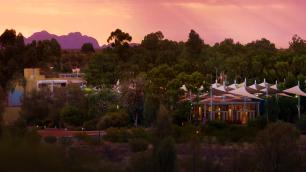






















.png)









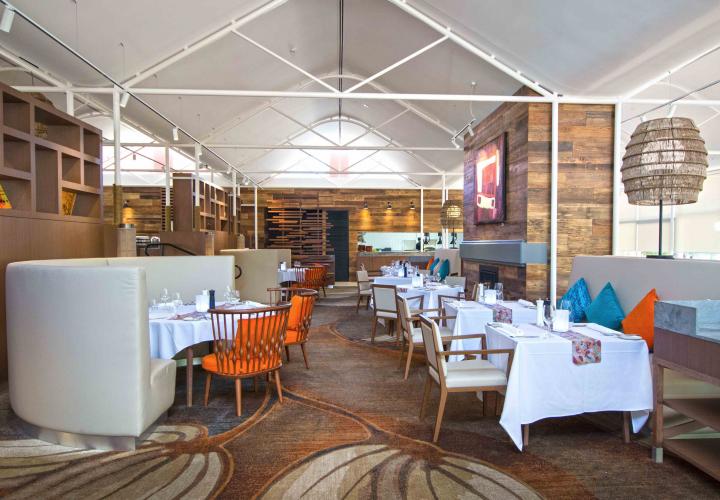




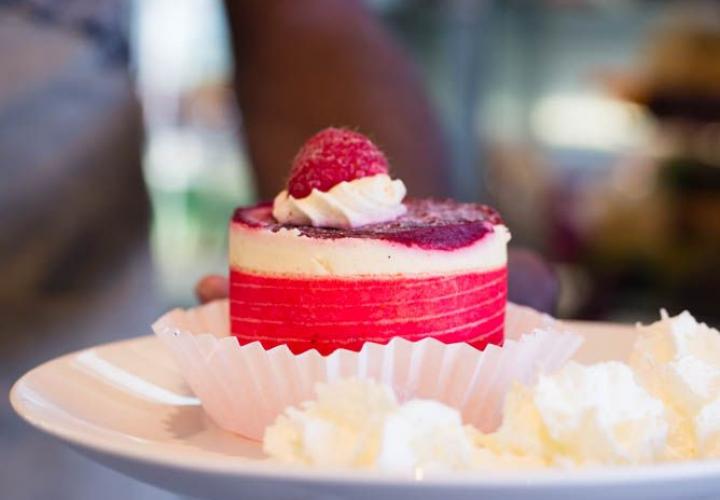
89a9.jpg?h=74328444&itok=lmKGX8cL)
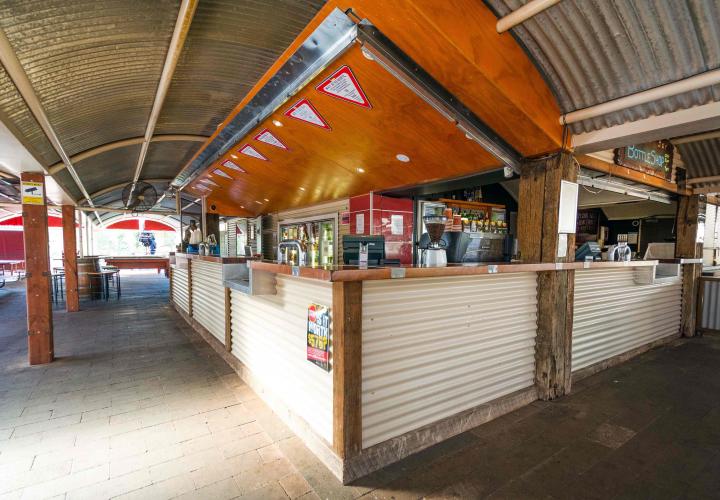

cbc4.jpg?h=31829e6b&itok=KVA0nN0a)



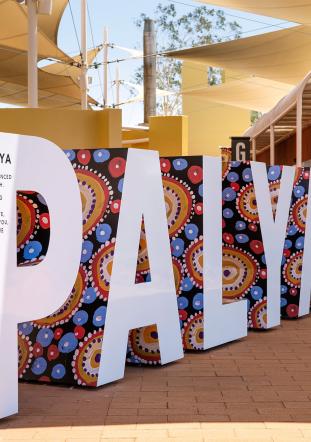
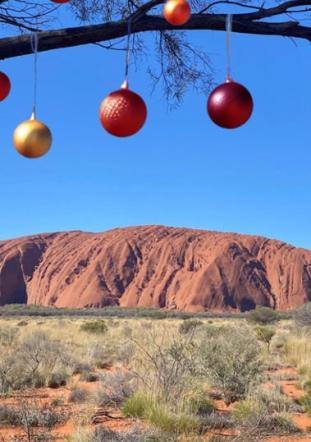
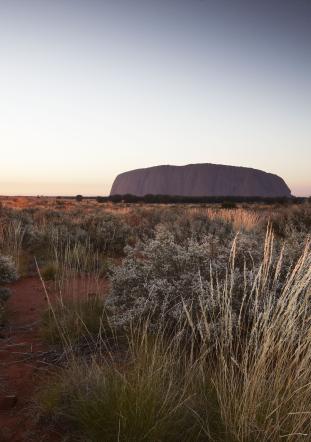

3ce9.jpg?h=11d3b4fa&itok=PoK3MdZ9)




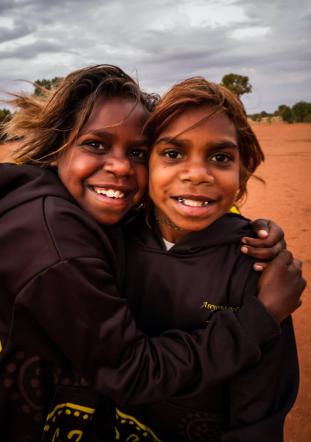


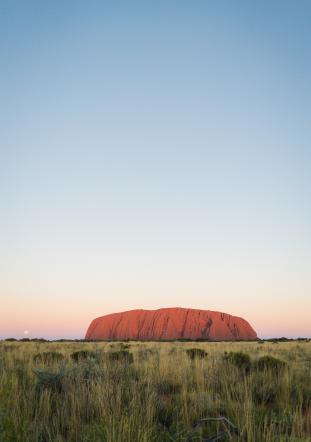
%201_0bb3e.jpg?h=d982f568&itok=RtIQsc6y)

